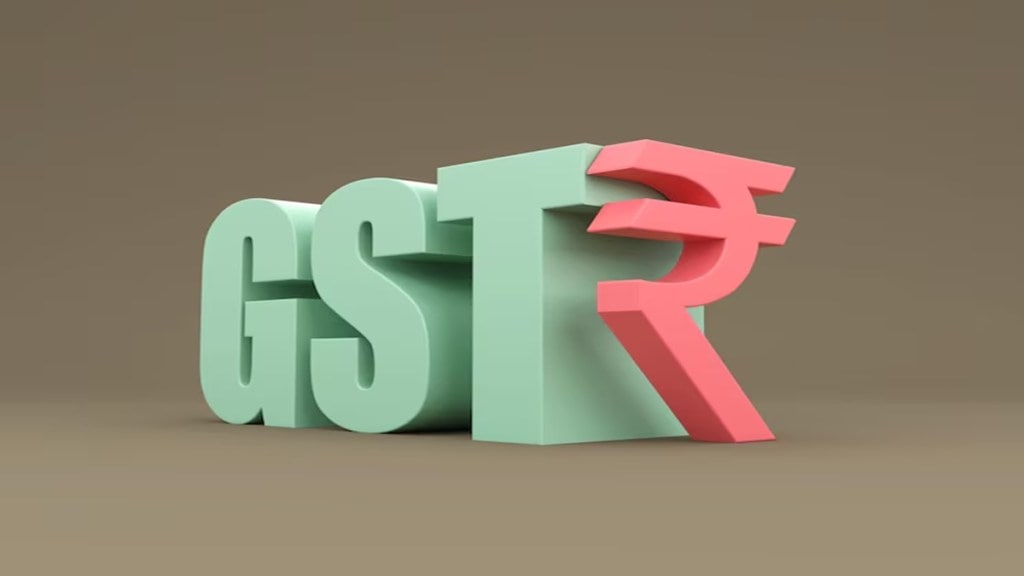Sin goods that will move to a special 40% tax rate under the Goods and Services Tax (GST) rejig may also come to attract an additional levy over and above it.
Maintaining high tax incidence on Sin goods
The Centre would resort to “other tax measures” along with the 40% rate for on sin goods like tobacco from the date the compensation cess comes to an end, to maintain the high tax incidence on them, Central Board of Indirect Taxes & Customs (CBIC) chairman Sanjay Kumar Agarwal told FE on Thursday. He, however, did not elaborate on the nature of the levy or measures being considered, or who will appropriate proceeds thereof.
As part of the GST 2.0 reforms, the tax rate on specified “sin goods” will be hiked from 28% now to 40% once the compensation cess is scrapped by October-November.
This may still leave a space for additional tax on these goods if the current high tax incidence on them is to be maintained.
“After the loans (taken to meet the shortfall in the compensation kitty for states) are repaid, these (sin) products will come under the new GST rate of 40% (the highest permissible rate under law). But we have committed that the duty incidence will not come down,” Agarwal said. “So, we will fully utilise that 40% GST rate and the rest (to maintain high tax incidence) will come through other tax measures,” Agarwal added.
But luxury items like high-end automobiles and bikes, which will o be subjected to 40% tax from September 22, are likely to be spared from the additional tax measures.
Revenue gains to offset GST rate cuts
The tax increase on some items, especially on sin goods, to 40% will make available about Rs 45,000 crore additional revenue per annum, and this will be shared between the centre and states. Effectively, this amounts to an additional revenue because cess collected from July 2022 haven’t accrued to the exchequer, but have been used to repay the back-to-back loans of 2.69 lakh crore taken by the centre in FY21 and FY22 to compensate states under the guaranteed revenue mechanism that existed in the first five years of GST.
While the gross revenue loss from the GST rates rejig is pegged at Rs 93,000 crore annually, the net loss could be Rs 48,000 crore, on account of the extra receipts from the additional 12 percentage point levy on sin goods.
The current tax incidence (GST plus cess) on sin items—pan masala, gutkha, cigarettes, chewing tobacco products like zarda, unmanufactured tobacco and bidi—varies widely, from 60-80% in some cases to as high as around 160-200%, for items like gutkha.
Sources said the GST Council has authorised union finance minister and chairperson of the Council, Nirmala Sitharaman, to decide the actual date of transition to the revised rates of GST and an alternative taxation mechanism for sin goods with a view to maintaining current tax incidence.

